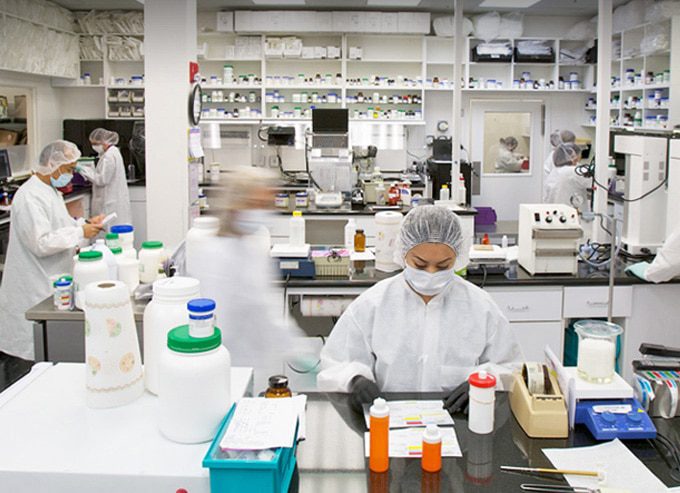USP 800 Design Consideration for Safe Handling of Hazardous Drugs
Handling hazardous drugs (HDs) requires proper precautions to ensure the safety of healthcare workers, patients, and the environment. The USP 800 is a set of guidelines established by the United States Pharmacopeia (USP) to help minimize the risk of exposure to HDs during their handling, preparation, storage, transportation, and disposal. Here are some essential USP 800 design considerations for healthcare facilities that handle HDs:

Facility Design
The facility’s design should prioritize the safety and minimize the risk of exposure to HDs. The facility should have designated areas for receiving, unpacking, storing, preparing, and disposing of HDs. The facility should have adequate ventilation, lighting, and temperature control to minimize the risk of exposure to HDs.
Containment
The containment of HDs is essential to minimize the risk of exposure. The facility should use a closed system drug-transfer device (CSTD) to minimize the risk of exposure to HDs during drug preparation and administration. The CSTDs should be compatible with the HDs being handled, and staff should receive training on their proper use. The facility should also have proper waste disposal systems for HDs.
Personal Protective Equipment (PPE)
PPE is critical to minimizing the risk of exposure to HDs. The facility should provide appropriate PPE, including gloves, gowns, respirators, and eye protection, to healthcare workers who handle HDs. The facility should also provide training on the proper use, storage, and disposal of PPE.
Standard Operating Procedures (SOPs)
SOPs provide clear guidelines on the proper handling of HDs. The facility should have SOPs for all processes involving HDs, including receiving, unpacking, storing, preparing, and disposing of HDs. The SOPs should be regularly updated to reflect new information or changes in the facility’s operations.
Staff Training and Education
The facility should provide regular training and education to healthcare workers who handle HDs. The training should cover the proper handling, storage, preparation, and disposal of HDs, as well as the use of PPE and CSTDs. The staff should also receive regular updates on new information or changes in the facility’s operations.
In conclusion, healthcare facilities that handle HDs must take proper precautions to ensure the safety of healthcare workers, patients, and the environment. The USP 800 guidelines provide a comprehensive framework for minimizing the risk of exposure to HDs. By following these guidelines, healthcare facilities can create a safe environment for the handling, preparation, storage, transportation, and disposal of HDs.
Hyperlinks:
USP General Chapter <800> Hazardous Drugs—Handling in Healthcare Settings:
https://www.usp.org/compounding/general-chapter-hazardous-drugs-handling-healthcare
CDC NIOSH Hazardous Drug Exposure in Healthcare:
https://www.cdc.gov/niosh/topics/hazdrug/
American Society of Health-System Pharmacists (ASHP) Guidelines on Handling Hazardous Drugs:
https://www.ashp.org/-/media/assets/policy-guidelines/docs/guidelines/handling-hazardous-drugs.ashx
OSHA Hazardous Drugs: https://www.osha.gov/hazardous-drugs EPA Hazardous Waste Pharmaceuticals: https://www.epa.gov/hwgenerators/hazardous-waste-pharmaceuticals#rules
